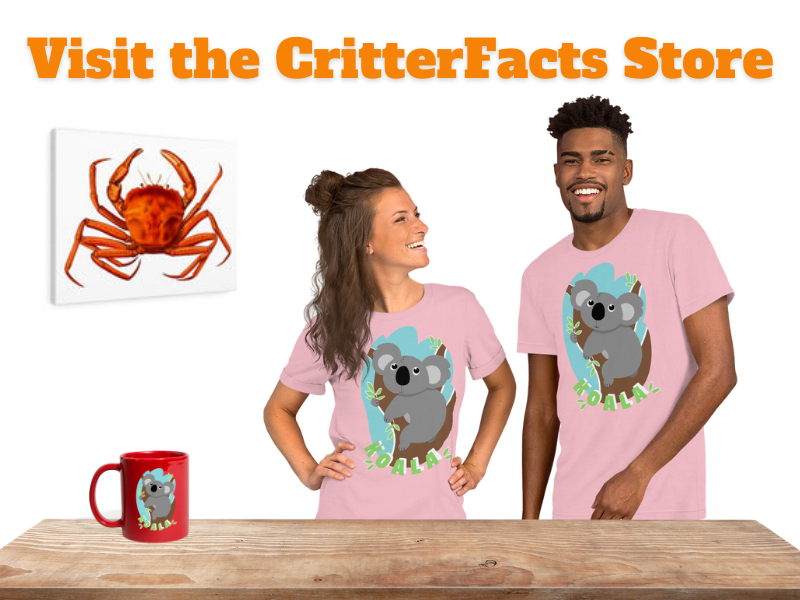Evolution is a funny thing. We tend to think of it as a positive progression, the creation of a more perfect species. We equate “evolved” with “sophisticated” and “better.” But to think of species as getting better over time is not only false but also does an incredible disservice to the mechanisms of evolution.
All evolution has to provide is the ability for a species to survive, reproduce and have offspring who also survive and reproduce and have offspring within a very specific spatial and temporal location. As soon as something changes within that time and space that can no longer support that species, it is replaced by something that better fits that niche. That evolution doesn’t have to make sense to us. It just has to work to keep that species going.
Take Saturniid moths, for example. Saturniidae, the Giant Silkworm Moths, are the truly beautiful, ornate moths that grace us with their presence in the summer. Luna moths, Regal moths, Polyphemus moths, and Atlas moths are just a few of the Giant Silkworms, many of which are taxonomically named after characters of Greek mythology. And if you’ve ever seen one, you’d understand where these names come from.

The caterpillars are chunky, hefty, juicy little buggers and the adults are truly a sight to behold. Often the size of your hand or bigger, these moths feature colors from neon green to deep, vibrant orange. Many have eyespots to deter predators, or long flowing hindwings, like those of the Luna moth. But what is perhaps strangest isn’t the size or coloration but that they have highly reduced mouthparts. So reduced in fact, that they cannot eat. In turn, adult Saturniids live about a week after emerging from a cocoon before they die of starvation.
Metamorphosis is an energetically costly endeavor. Caterpillars are almost constantly eating, digesting and growing, preparing themselves for their transformation. They must spin the silk cocoon, essentially disintegrate into goo, and then rebuild as an adult moth. Once emerged, they pump their wings and set off on their only purpose: to find a mate.
With no mouth and no additional source of energy, time is of the utmost importance. Males are equipped with very large, rather fluffy looking antennae to detect female pheromones (this is often the best way to identify a male from a female). Using these fluffy antennae, they must find a mate, procreate and lay eggs before that week is up.

It almost seems like a waste, that so much energy and effort as a caterpillar would go into creating an adult just for it to die within seven days. How can that be “evolved?” How can that be “better?” It may feel wrong and wasteful to us humans, but it works.
“Survival of the fittest” isn’t about who is fastest, biggest or strongest: it’s about having the characteristics that ensure survival and continuity. One week is enough for the Saturniids. The moths have survived, reproduced, and had offspring who survive and reproduce through the millennia. That’s all they need to do. That’s all evolution needs to provide.






































